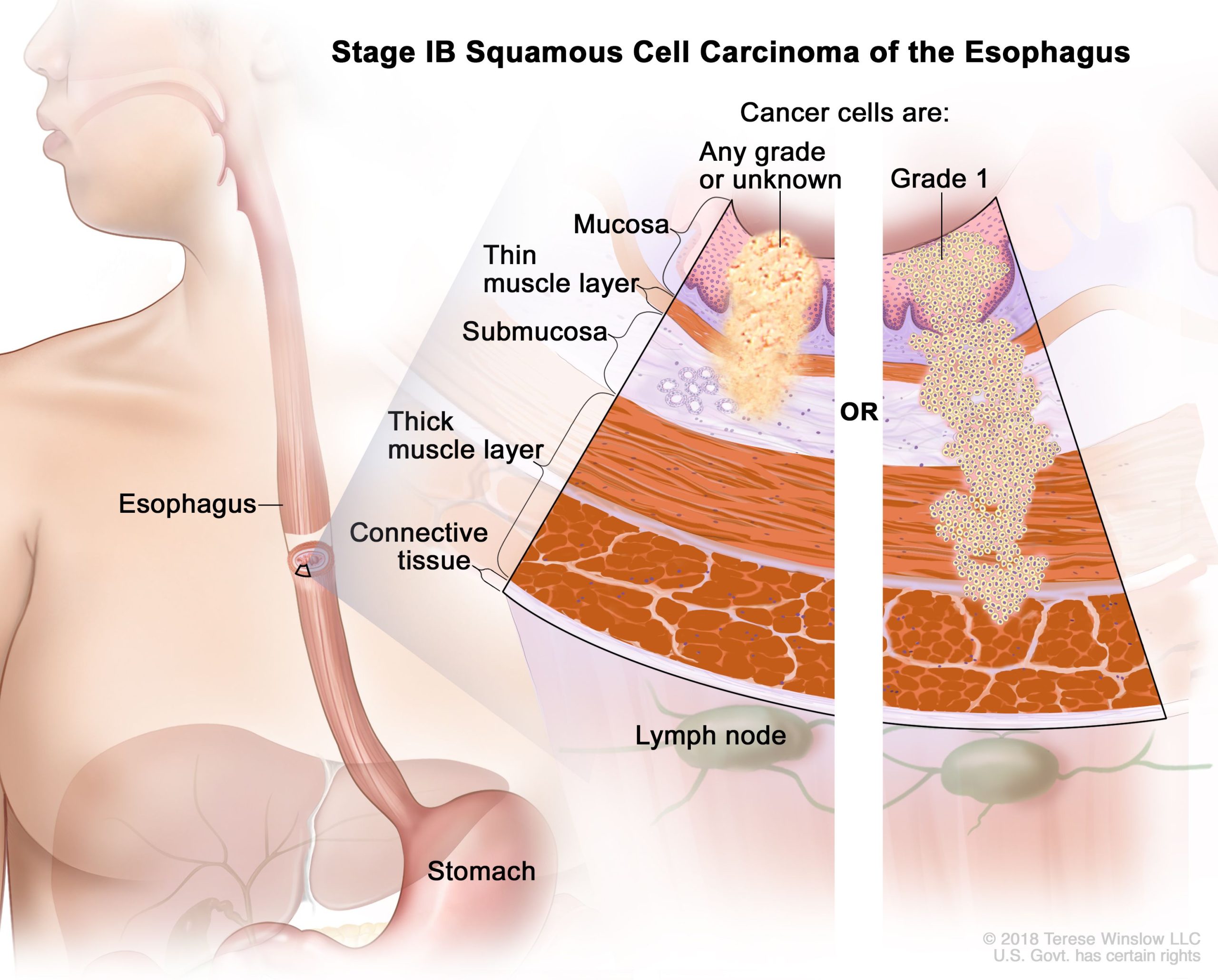What does the grade of a cancer mean?
You may hear your doctor talk about the grade of your cancer. Tumour grade describes a tumour in terms of how abnormal the tumour cells are. This is compared to normal cells. It also describes how abnormal the tissues look under a microscope.
The grade gives your doctor some idea of how the cancer might behave. A low grade cancer is likely to grow more slowly and be less likely to spread than a high grade one. Doctors can’t be certain exactly how the cells will behave. But the grade is a useful indicator.
Doctors sometimes look at the cancer grade to help stage the cancer. The stage of a cancer describes how big the cancer is and whether it has spread or not.
Common grading systems
Some types of cancer have their own grading systems but generally, there are 3 grades:
Grade 1 – the cancer cells look very like normal cells and are growing slowly (low grade)
Grade 2 – the cells don’t look like normal cells. The cells may be growing more quickly than normal (intermediate grade)
Grade 3 – the cancer cells look very abnormal and are growing quickly (high grade)
Some systems have more than 3 grades.
GX means that doctors can’t assess the grade. It is also called undetermined grade.
Differentiation
Another way of describing the cells is by how differentiated they are. Differentiation refers to:
- how well developed the tumour cells are
- how cancer cells are organised in the tumour tissue
When cells and tissue structures are very like normal tissues, the tumour is called well differentiated. These tumours tend to grow and spread slowly.
Poorly differentiated or an undifferentiated tumours are made up of cells that look very abnormal. They aren’t arranged in the usual way. So the normal structures and tissue patterns are missing. These tumours may be more likely to spread into surrounding tissues or to other parts of the body.
Cancer grade and treatments
Your treatment team looks at:
- the grade and stage of the tumour
- your age
- your general health
This helps them to predict the likely outcome of the cancer and decide on the best treatment.
A tumour with a lower grade tends to have a better outlook. A higher grade cancer may grow and spread more quickly. It usually needs faster or more intensive treatment.
For some types of cancer, the grade is very important in planning treatment and the possible outcome. These include:
- soft tissue sarcoma
- primary brain tumours
- breast cancer
- prostate cancer
Ask your doctor for specific information about the tumour grade. They can explain to you how the grade relates to the treatment and the possible outcome.




